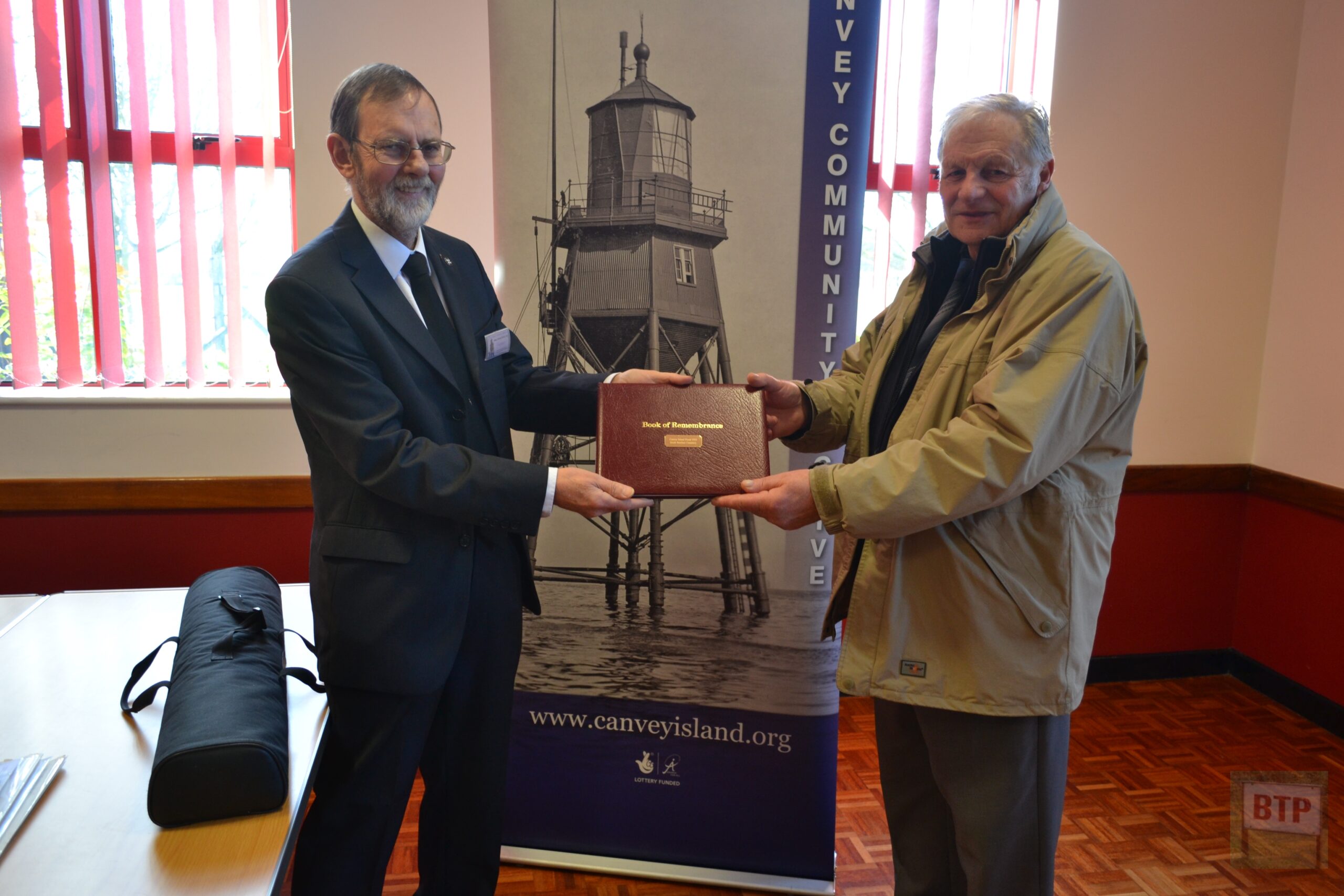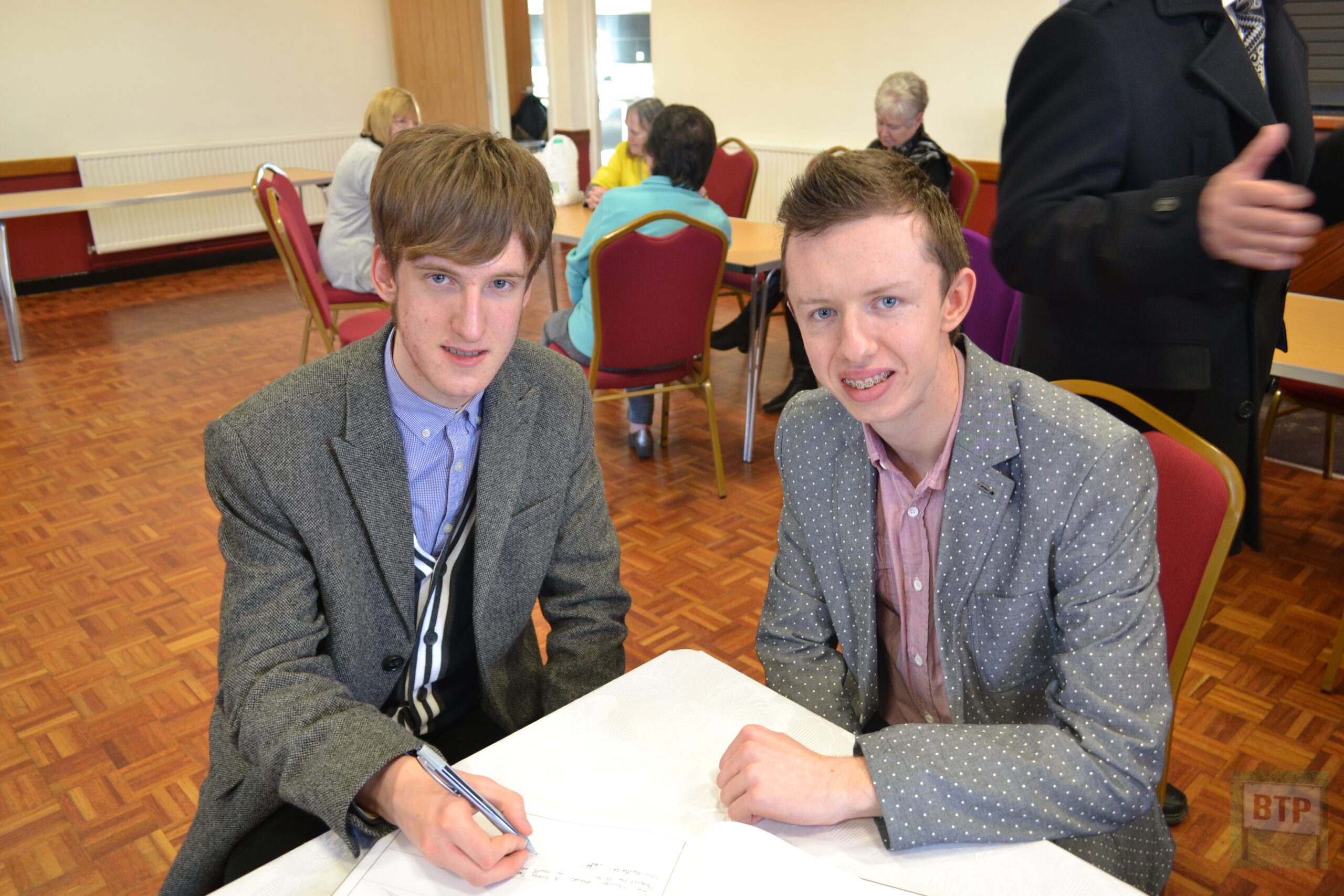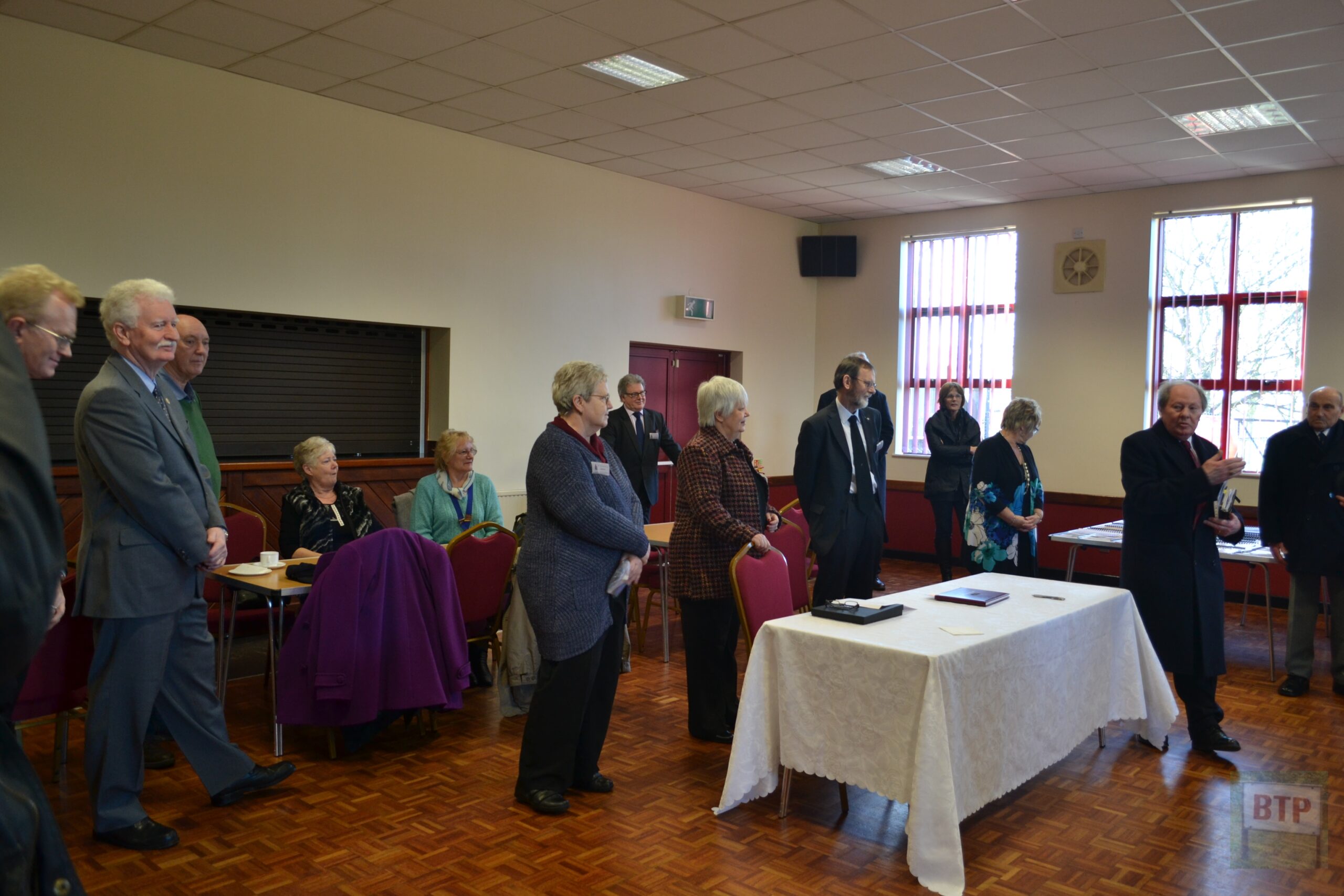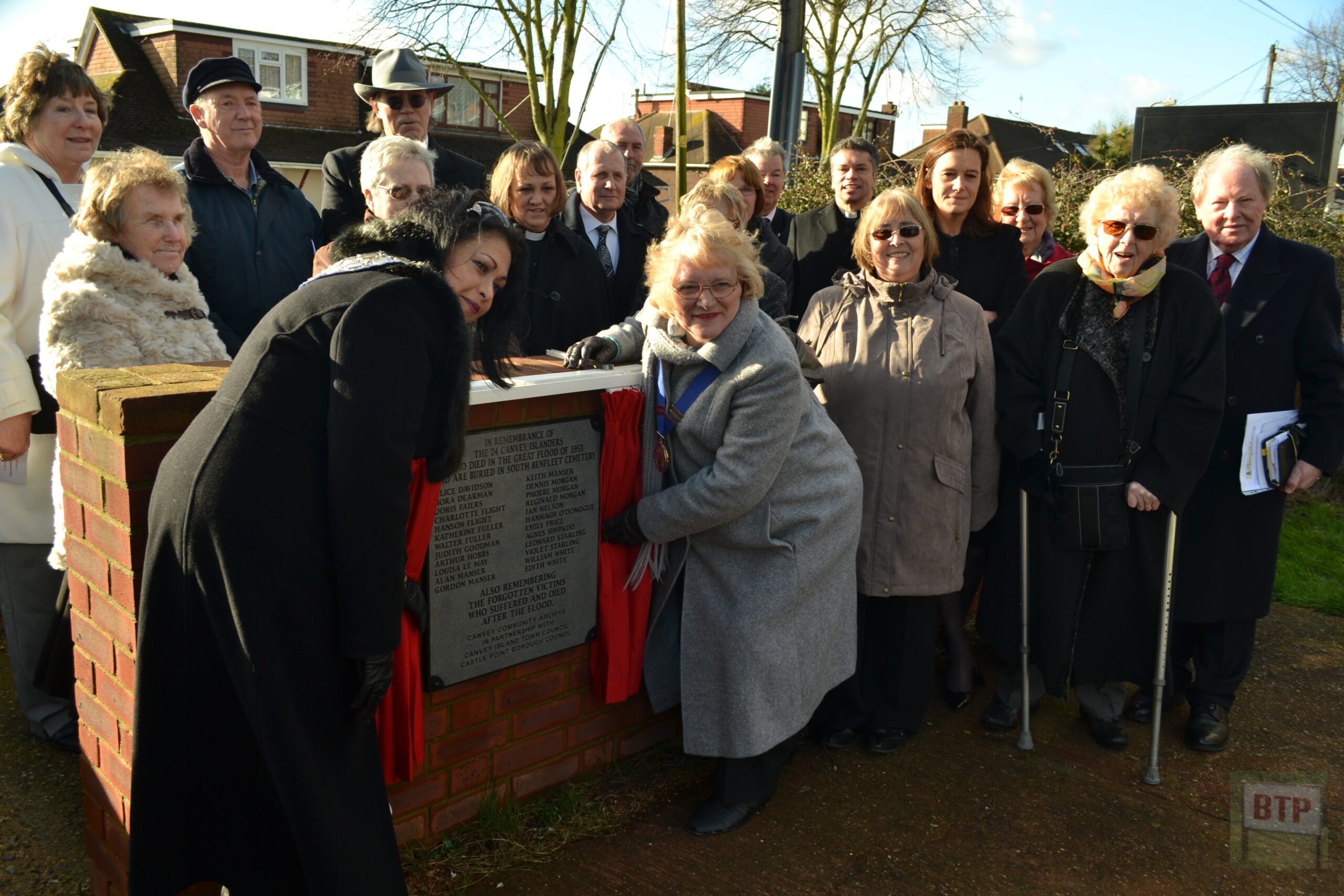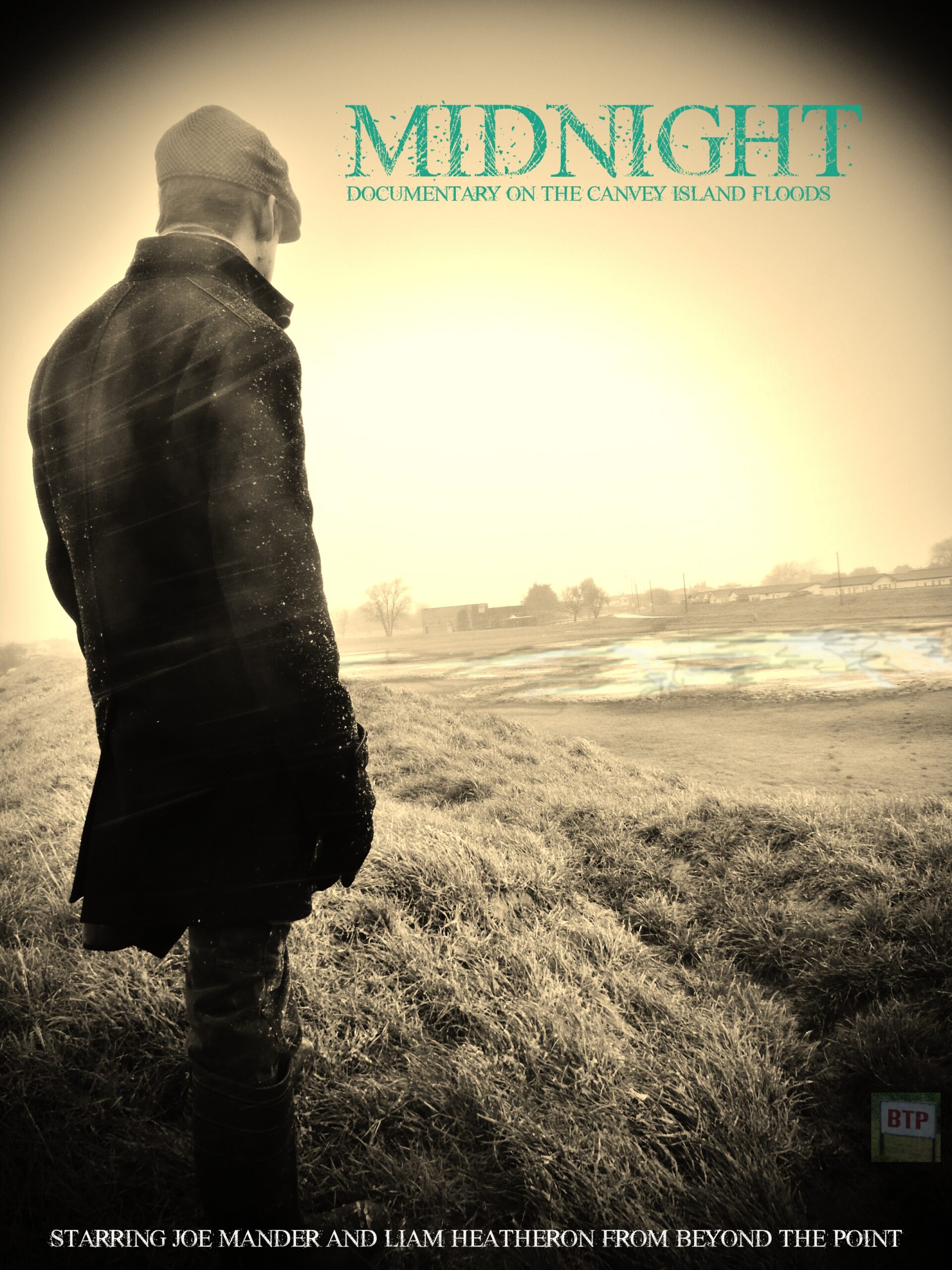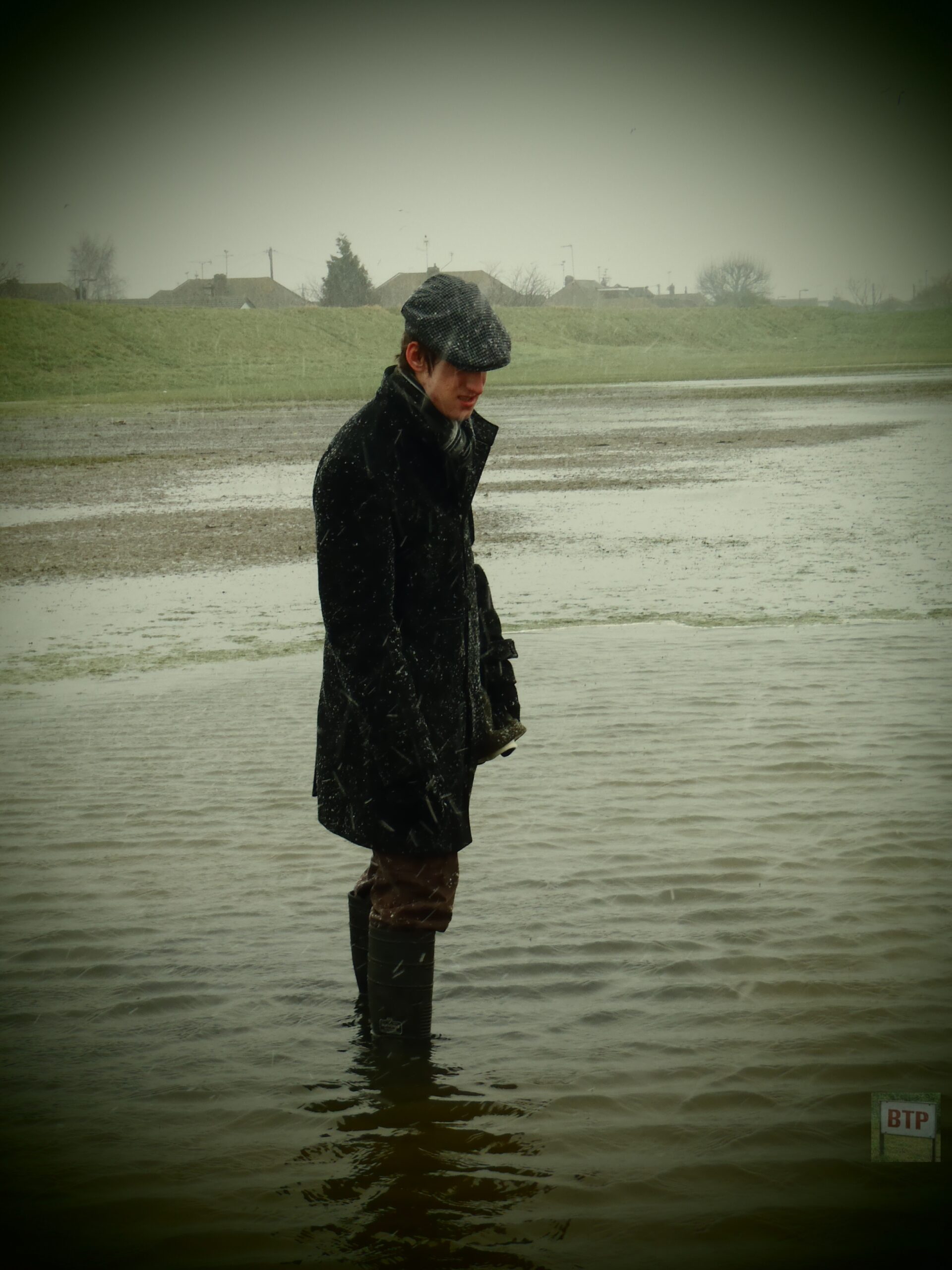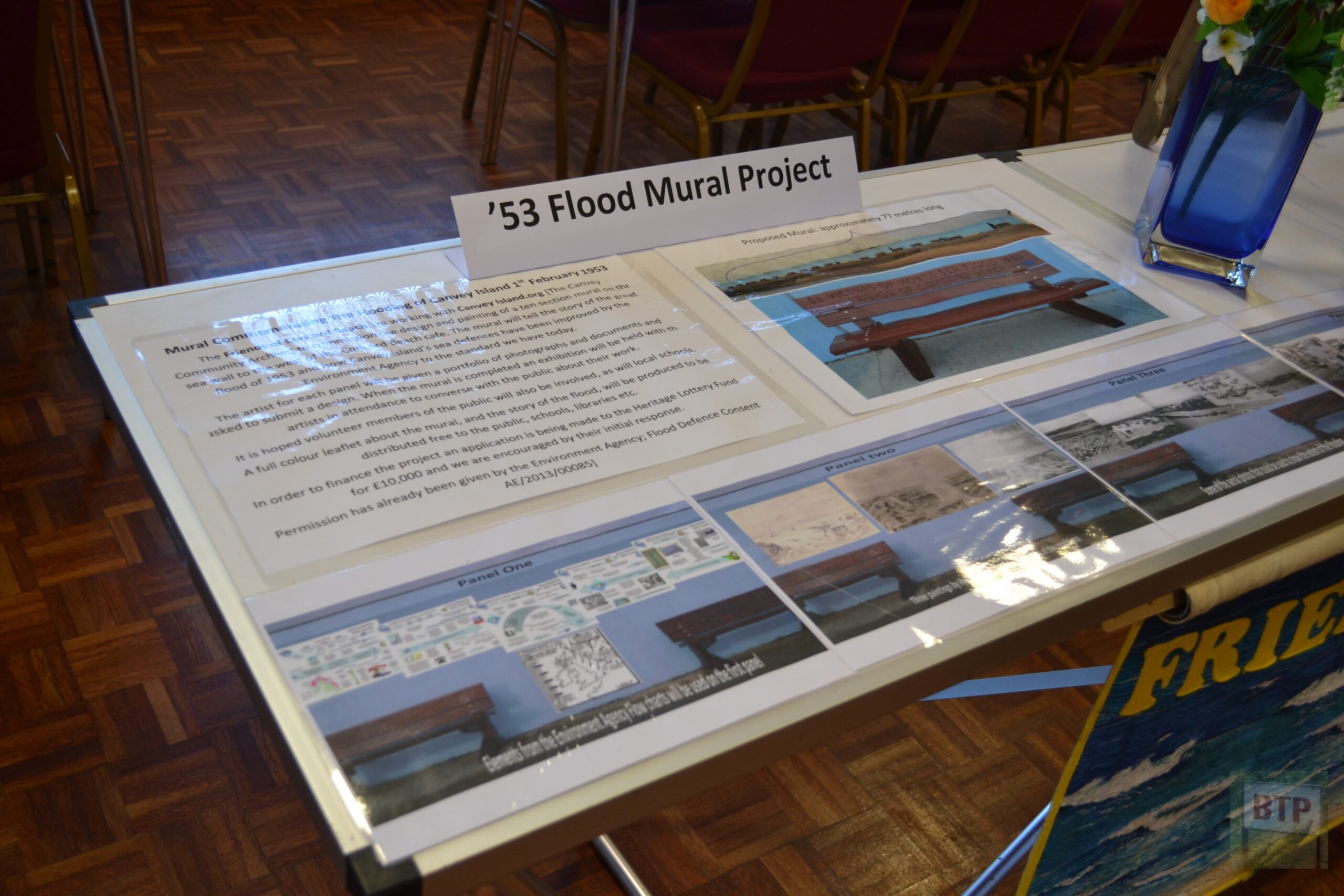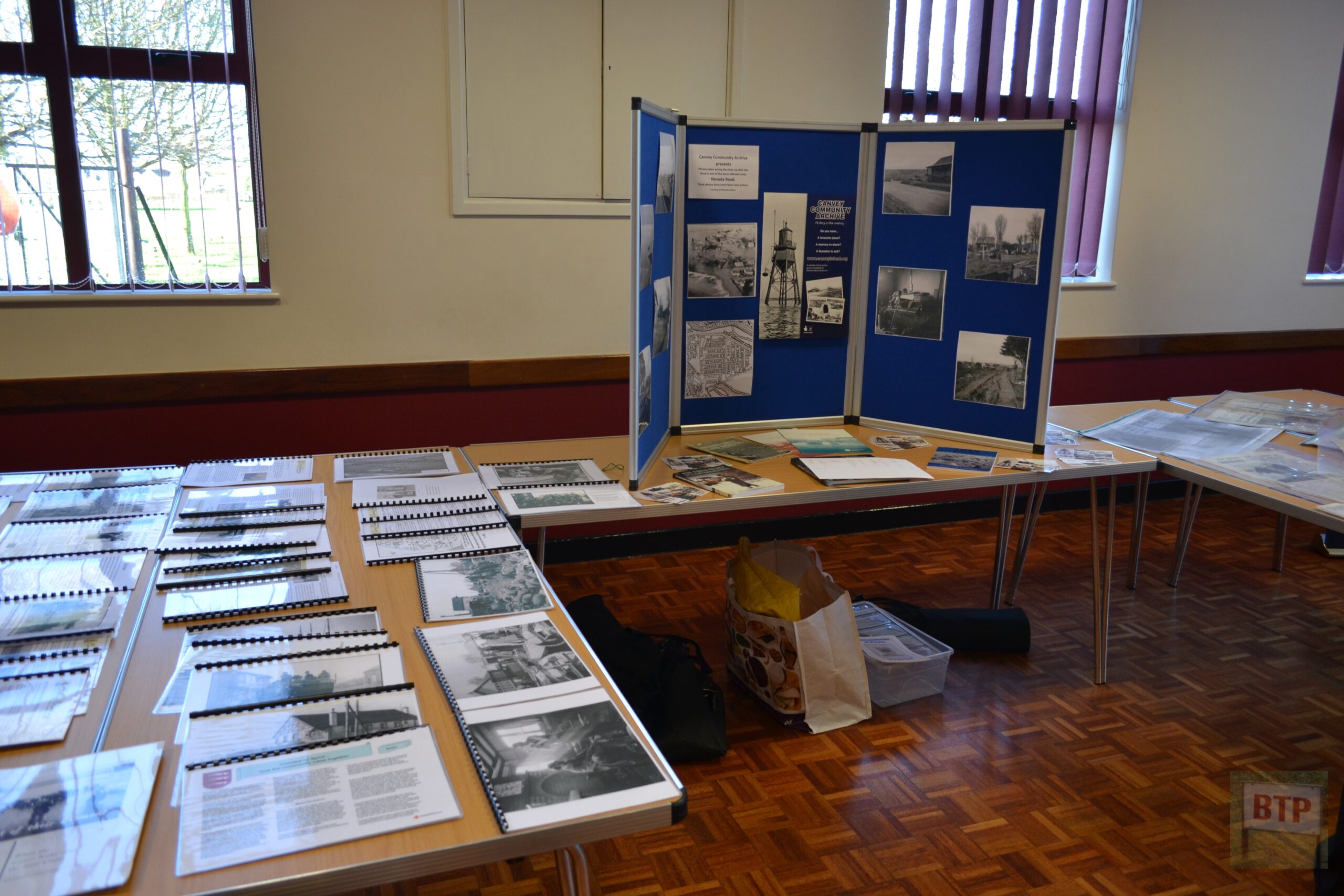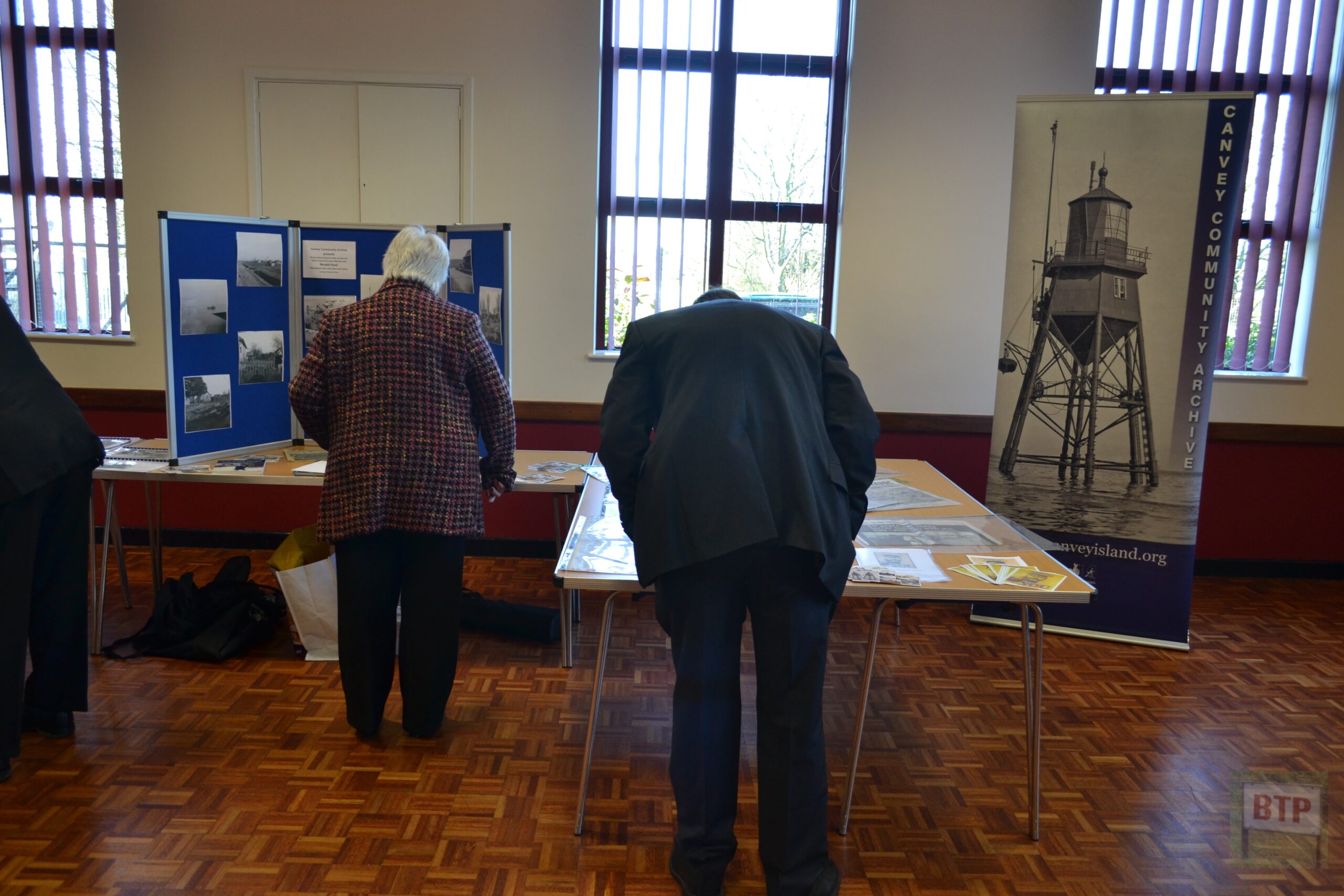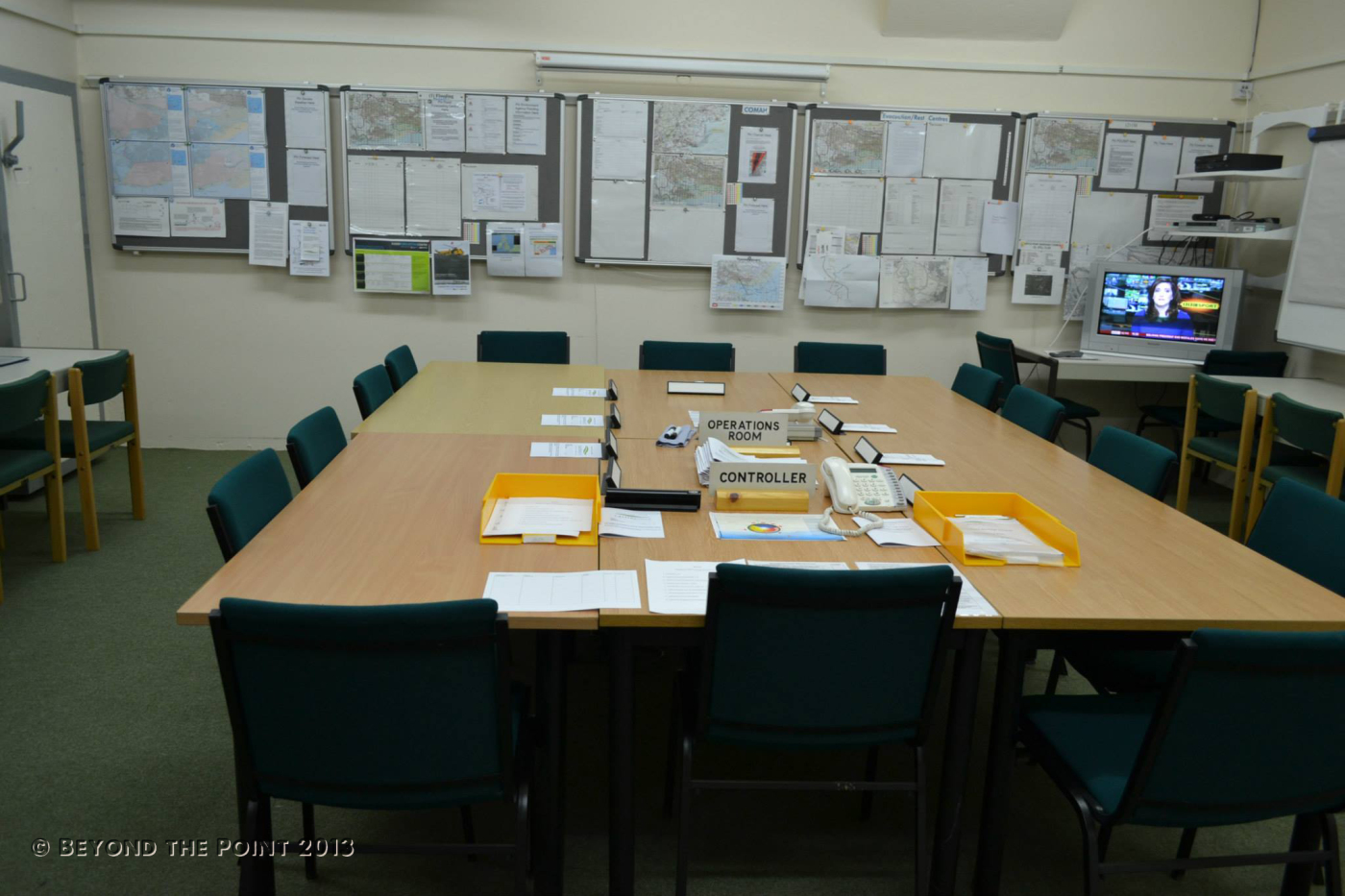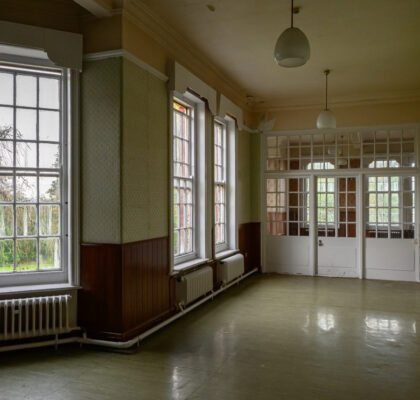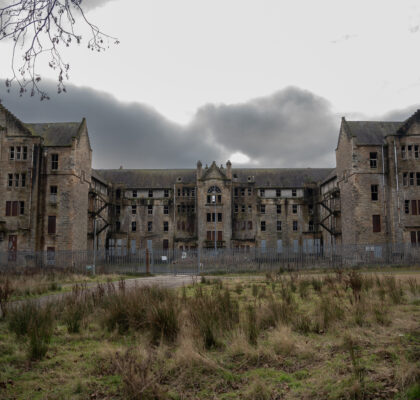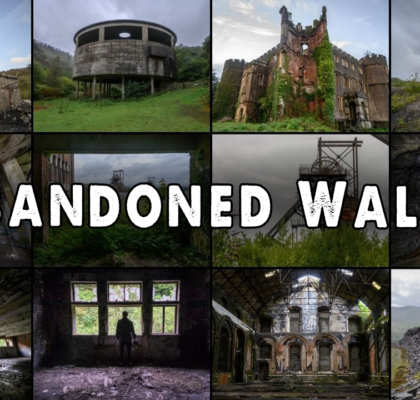Thursday 31st January 2013 marks 60 long years since Canvey Island was hit by an abnormal storm causing mass flooding and damage to many many people’s property and lives. The horrific event terrorised Canvey however the whole of the Essex coast was affected as well as other places.
Saturday 31st January 1953 began in Essex like any other mid-winter Saturday, however the outcome was a surprising revelation for everyone… On Canvey the new memorial hall, gaily bedecked with bunting, was publicly dedicated in the afternoon to the memory of local men who lost their lives in the Second World War. On the mainland opposite Canvey, caretakers and cleaners gave the new Benfleet secondary school in Shipwrights Drive, sometimes referred to locally as ‘The Palace’, the final polish for its official opening. At 11pm at Tewkes Creek the wind was fresh, cold and fierce. Shortly before midnight, one or two nightfarers, who was a Roman Catholic Priest who was old visiting a sick parishioner. In the bright moonlight he saw the tide lapping the top of the wall. In the Sunken Marsh a river board employee who lived nearby realised that the tide was rising rapidly. At might night, the chilling water was closing in on the whole of the Essex coast. Flooding in varying degrees had begun, and was spreading as the tide continued its inexorable rise and overwhelmed the defences on an ever-lengthening front which the weight, height and duration of its attack. At this time, just before 1am, dykes were starting to overflow and the electricity board has received a report of a fault on Canvey due to flooding. At 12:50am, the water was at the top of the wall at Smallgains, this section in fact has recently been raised and thickened and was about a foot and a half higher that the wall at Tewkes Creek. One of the river board’s men was blowing his whistle, which echoed in the howling wind. This was just gone 1am. A few minutes after this, the chairman had rung the police station to tell the sergeant that the flood boards at Canvey Bridge had been overtopped. The Police sergeant met a constable out on a bicycle patrol who was about to telephone the police station because although the tide the water was still a foot below the top of the wall, it was extremely high for the stage of the tide.

1am February 1st – Meanwhile, at the Newlands, the 2 river board men and a group of gathered dedicated citizens tried to rouse the elderly and the young. Stumbling in the moonlight across the muddy rutty unmade roads, up and down garden paths then went knocking, shouting and even one screeching at his whistle as a last attempt to save fellow Islanders. With the howling noise of the wind, corrugated roofs, wrought iron gates and loose shed doors it was a difficult task to stir residents. However many people had no warning and were awakened by the sudden roar as the wall burst, by the swish of the water as it rushed past, by the clatter and crash of the debris striking the house, by the noise of splitting timber and smashing glass. Half-awake, dazed and bewildered, as they struggled to escape from this violent, engulfing nightmare, to reach the outdoor staircases to their lofts, or to fight their way through the tumult outside, to go to the aid of elderly relatives or neighbours living nearby, successive waves charging through the walls swept them off the feet, breathless and numb from the icy impact. The margin between life and death was a matter of seconds as the water gushed through shattered windows and doors, and, impounded as it was in the Sunken Marsh by the inland counter wall, with no means of dispersal; it rose rapidly to a lethal depth.
Many who clambered on chairs, tables, cookers, mangled-tables and step-ladders, to keep their heads above the water or to make holes in the flimsy ceilings in order to escape into the roof space or out onto the roof, found their supports swept away from under their feet, leaving them fighting in the dark with floating furniture, clutching desperately at fanlights and the tops of doors and wardrobes, and trying to hold children up above the suffocating water. The Sunken Marsh was well described as a ‘basin of death’… By 1:25am the water was above windowsill level at the Newlands end of the Sunken Marsh, and, over topping the counter wall, was already pouring over it into the low ground between the counter wall and the High Street.
Have lessons been learnt though?
——————————————————————-
This is just a little bit of what happened on that awful night. Liam and I are in the process of filming a documentary DVD to commemorate those that died and also the people that were affected by the floods. We are attending several events to pay our respects and also to film. If you have a story on the floods or know someone that does, we would be greatful if you would share it with us.
Remembering the Floods Today
This year is the 6oth Anniversary of the floods and hence large-scale services were hosted both in Chelmsford Cathedral with a speech from the Princess Anne, and in Canvey Island library to respect the local impact of the North Sea Floods. Survivors were in attendance as was Nellie Verton who travelled from the Netherlands’ Dutch Floods Museum, accompanied by Janet Penn; editor of the Canvey Community Archive. The plaque erected by Vince Heatherson was replaced as its gold details became worn, yet the new one was idetical except made of longer-lasting stone and with a photograph. Another 60th anniversary plaque was erected next to it. (A year later in February 2014 a plaque was unveiled in Jotman’s Cemetary, Benfleet, commemorating the unmarked grave there).

